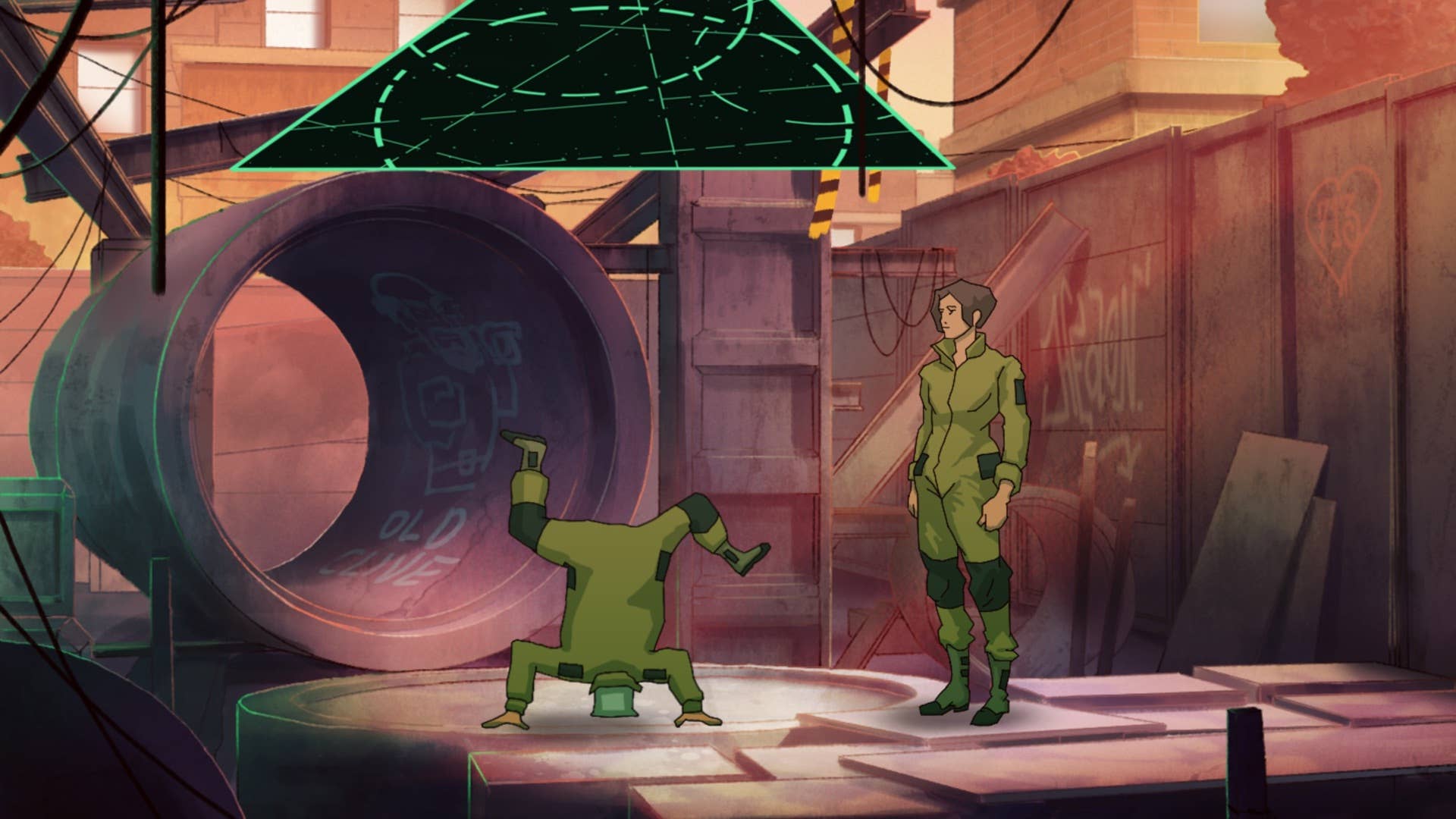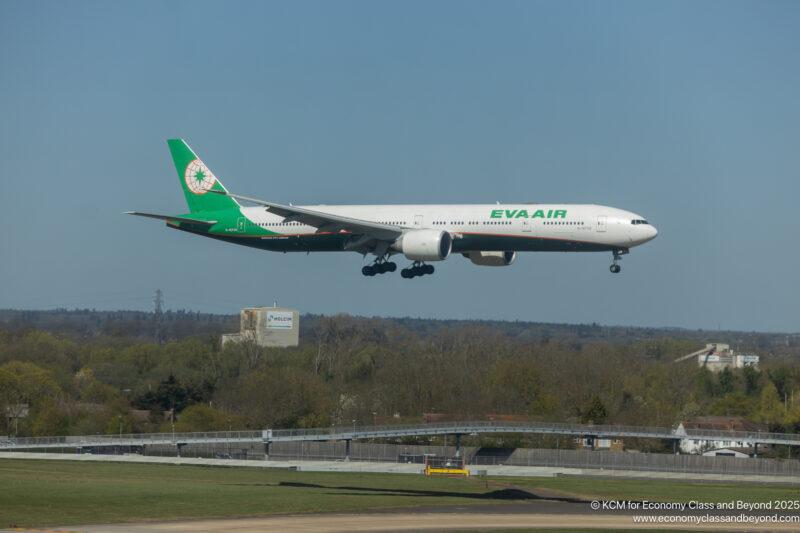Ukraine's soldiers make real-looking fake bunkers to fool the Russians into bombing the wrong spot, drone operator says
Ukraine's soldiers build fake positions to try and trick Russia's military into attacking the wrong place.
Pierre Crom/Getty Images
- Ukrainian soldiers trick the Russians into attacking the wrong positions by building fake bunkers.
- They put effort into making it look real, even putting trash nearby, a drone operator told BI.
- Drone operators are targets for the Russians, so they operate underground on scarred battlefields.
Soldiers in Ukraine make fake bunkers with tree branches and more to trick Russian drone operators hunting for them. This is especially important for Ukraine's drone operators, which are often high-priority targets.
It has become standard operating procedure for soldiers to "make a few fake positions," Dimko Zhluktenko, a drone operator with Ukraine's Unmanned Systems Forces, told Business Insider.
He said that soldiers build the fake positions in the tree line, designing them so that it all "looks real."
"You would leave some marks of human life in there, some trash or anything," Zhluktenko explained, adding that it makes Russian reconnaissance drone ops more likely to focus on the fake position. Russian Defense Ministry Press Service via AP
When the fake bunker draws enemy fire, it's a telling warning for the Ukrainian soldiers. That "would be a signal for you to get the hell out of there as soon as you can," Zhluktenko said.
Another Ukrainian drone operator, who spoke to BI on the condition of anonymity, said that the fake bunkers are something that Ukrainian operators will try to do when they have enough personnel to pull it off.
Hiding from the eyes of the enemy
Ukrainian drone operators are high-priority targets for Russia's military. For that reason, they regularly to try to stay concealed from Russia's attack drones and its reconnaissance drones that provide targeting data for its soldiers and other weaponry, but they can't shy away from the front lines. They have to be close enough to fight, especially with impediments like electronic warfare covering parts of the battlefield and complicating operations.
The drone operator who requested anonymity said that the distance that an operator can hang back from the fighting depends on the terrain, but operators typically have to get as close as 0.9 miles from the front line.
With largely static lines in many places and intense fighting, operators often hide underground. A US veteran who is now fighting for Ukraine told BI last year that when operating from a town, most, if not all, of the buildings there are destroyed.
"Our somewhat urban environment is all rubble," they said. Diego Herrera Carcedo/Anadolu via Getty Images
The front lines can be so unmoving that positions get "hit enough by artillery, drones, mortars, and other types of ordinance. It just falls apart little by little by little over time. And then eventually, it gets to a point where it's not a defendable position," the veteran said.
For the Ukrainians, many of their positions get "whittled down to next to nothing" and become "impossible to defend."
Zhluktenko, who has operated both strike and reconnaissance drones, said that operators like him often use underground dugouts covered with trees and branches. They put their computers and equipment that is needed to operate the drones in here.
They then try to find places where they can put the drone antenna and launching mechanism without being spotted, making them "look like a tree or something."
Throughout the war in Ukraine, both the Russian and Ukrainian armies have engaged in deception, using decoys and setting up traps to fool the enemy. These have included cardboard weapons, inflatable tanks, fake trench traps filled with bombs, and more. These tactics have played critical roles in protecting troops and military equipment.
The other Ukrainian drone operator said that operators try to operate "constantly inside a bunker," but they said that operators will sometimes have to risk going outside, including to put their drone on the ground so it can take off.
He said it can be highly dangerous because if an operator is spotted, they immediately see Russian drones flying toward them. When Russia spots Ukraine's drone operators or their drone stations, those become "target number one," he explained.
He said that when Russia attacks the positions, it does not hold anything back. "It does not sacrifice anything," he said, and its response can include Russia's devastating glide bombs.
Drones of all types are being used more in Russia's invasion of Ukraine than in any other conflict in history, and the skies above the battlefield can be filled with drones to the point that soldiers have found themselves confused about which ones are theirs.
Both sides are racing to make more drones than the other and to out-develop each other's drones and counter-drone measures.










































































